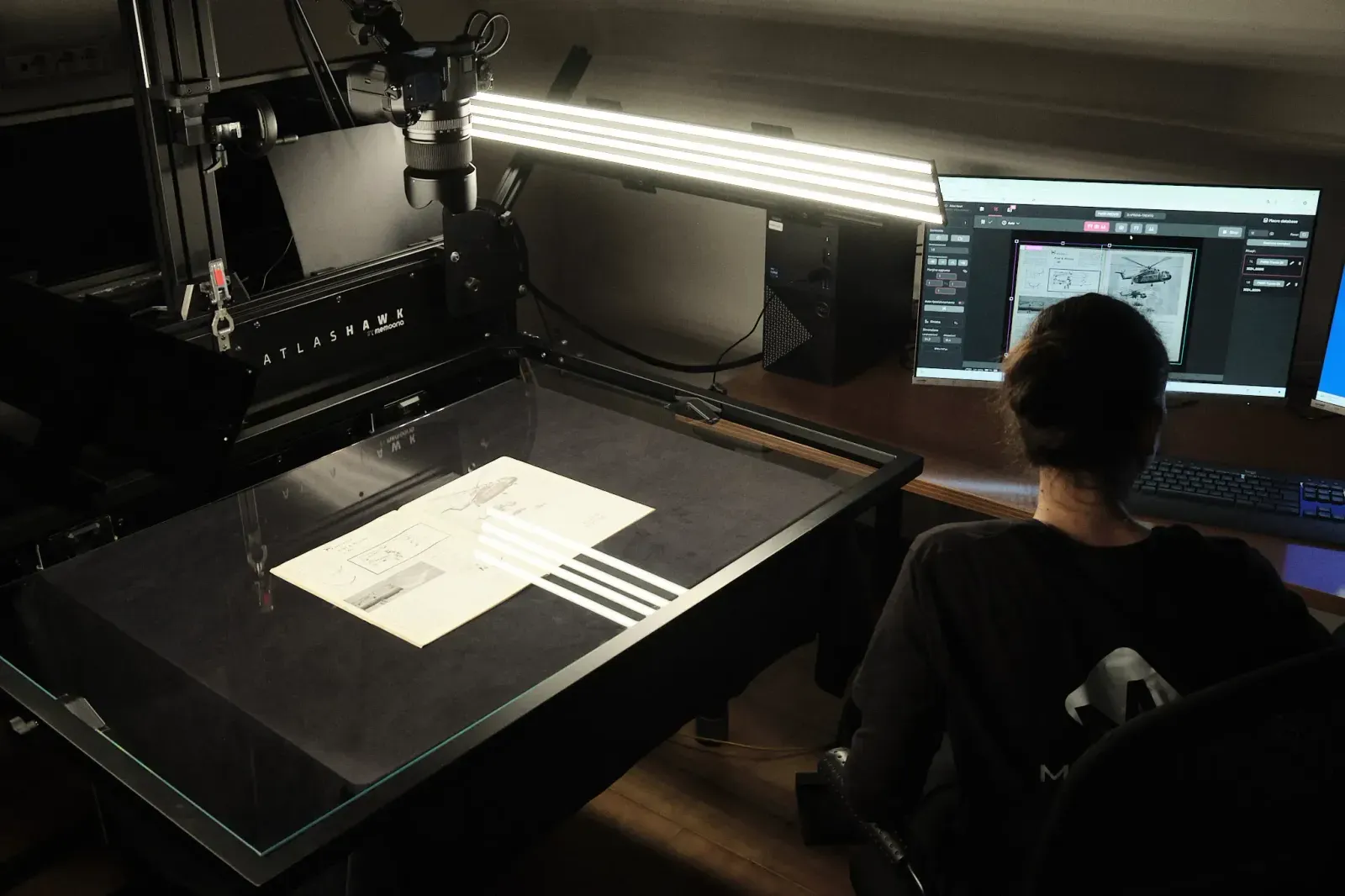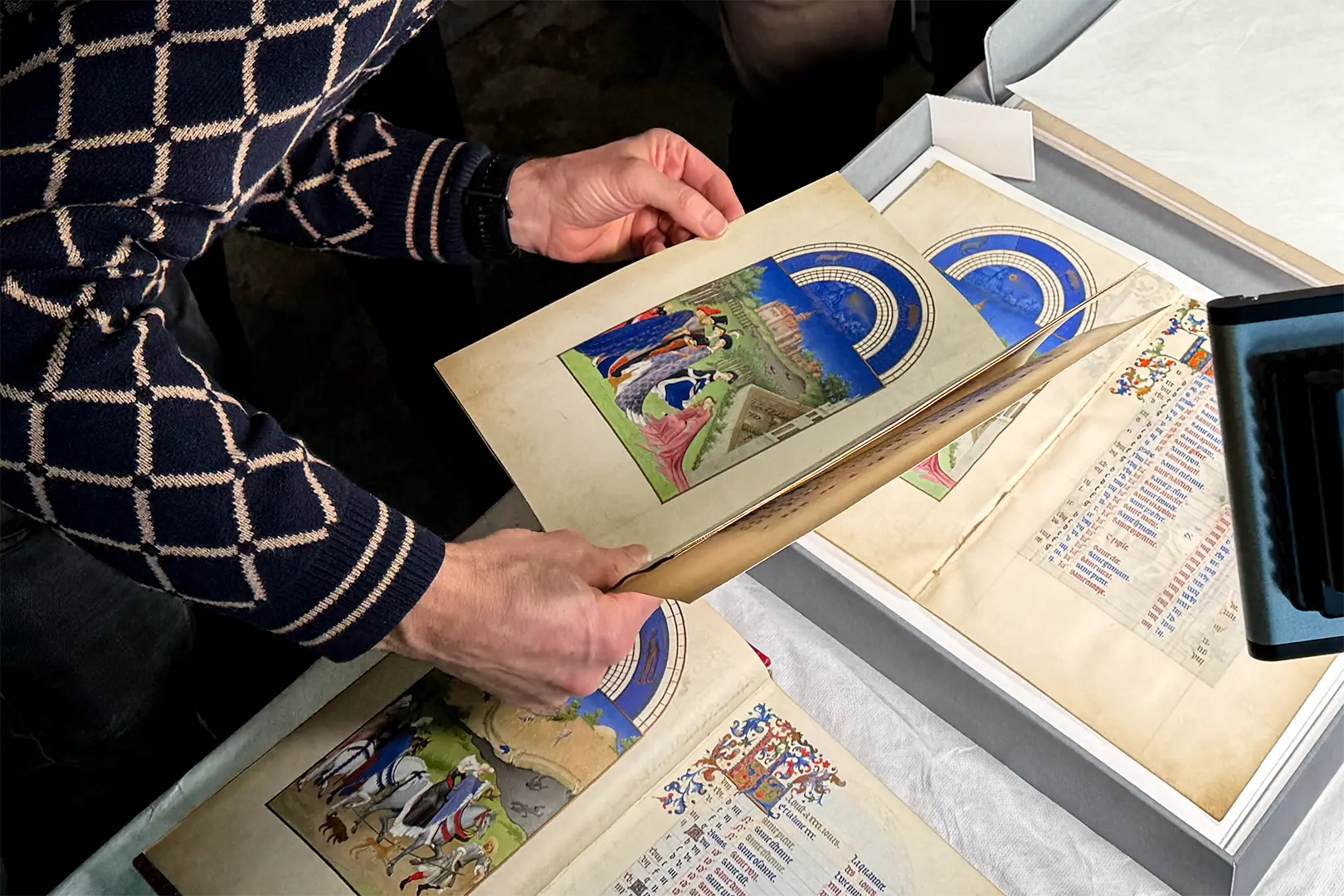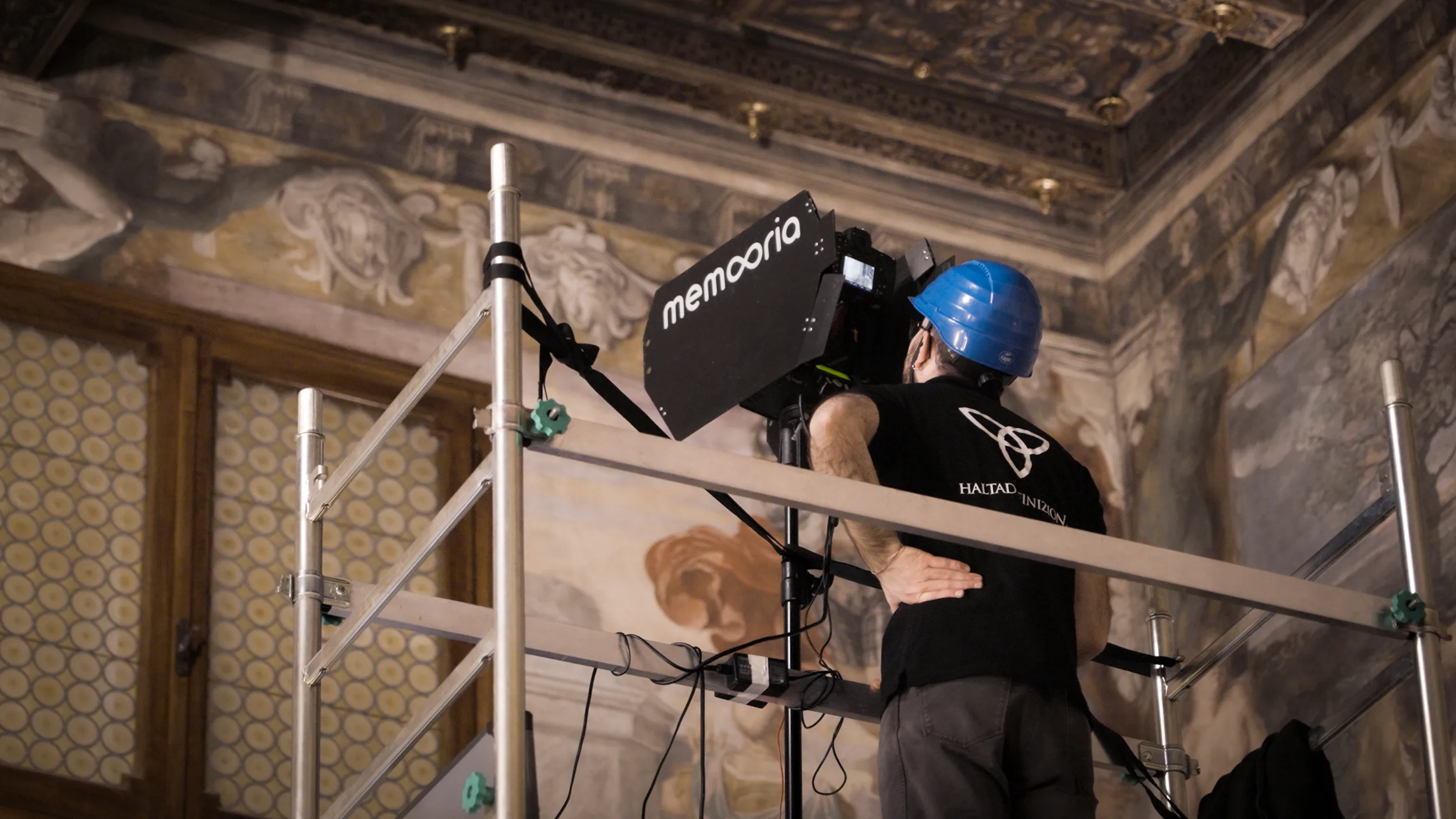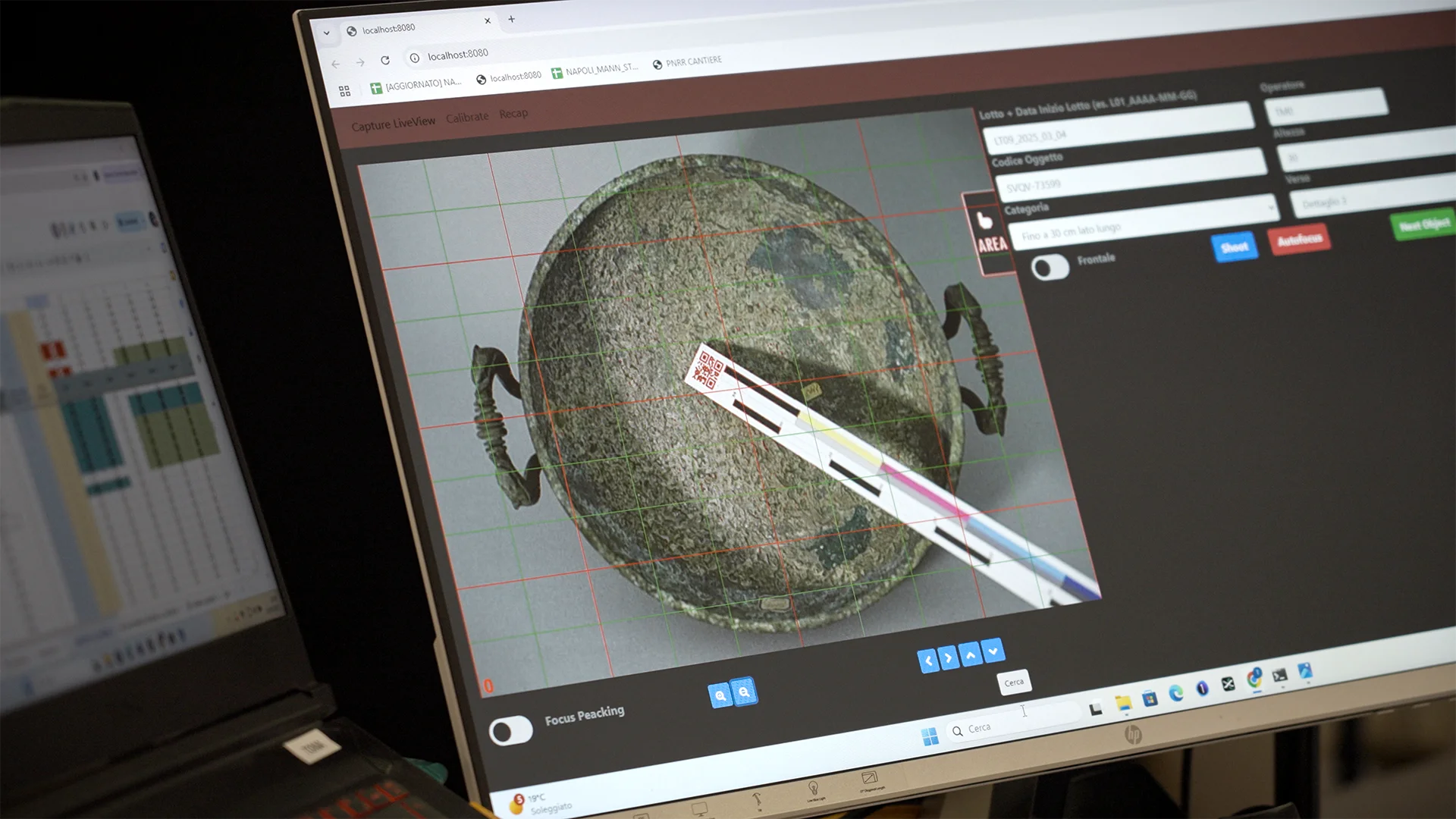The digitization of the Caproni Collection, owned by the Autonomous Province of Trento, has officially begun. The project has been made possible with funding from the European Union – NextGenerationEU as part of Italy’s National Recovery and Resilience Plan (PNRR). This is an important step forward for the conservation and enhancement of the historical and cultural heritage of Gianni Caproni, the renowned Italian aircraft manufacturer, and his pioneering work in the field of aviation.
“Expanding access to knowledge and enjoyment of cultural heritage is a key objective of the Province’s cultural policy, because it reflects a common need and an increasingly widespread demand for learning and deeper understanding,” said Vice President and Provincial Secretary for Culture Francesca Gerosa. “Digitization, with innovative and cutting-edge solutions, as shown by this project dedicated to the Caproni Collection within the National Plan for the Digitization of Cultural Heritage, marks the beginning of a process of transformation and an opportunity for fundamental change in the valorization of cultural heritage. It creates an ecosystem capable of developing demand and simultaneously promoting conservation and research. The goal of this project is not just to reproduce a culturally relevant heritage — but to also foster a paradigm shift in the methodological approach that aims to develop a multifaceted, complex and well-articulated ‘cultural landscape’ such as the present time, to give life to new experiences and opportunities for radical change in the delivery of cultural services,” says Gerosa.

As part of the digitization project implemented by the Central Institute for the Digitization of Cultural Heritage – Digital Library (PNRR M1C3 sub-investment 1.1.5), and in line with the directives of the National Digitalization Plan (PND), the Autonomous Province of Trento was awarded €654,903.50 to produce at least 163,726 digital objects by December 31, 2025 (CUP C69I22002430006).
The digitization was entrusted to a temporary consortium formed by CNS (National Services Consortium), Rear, and Mida Digit, a company of Gruppo Panini Cultura already involved in several PNRR initiatives. In order to meet the technical challenges of the large-scale digitization sites that PNRR requires, Gruppo Panini Cultura has implemented cutting-edge hardware and software solutions, guaranteeing the highest technological and operational standards. The digitization of the Caproni Collection will be carried out on three scanning lines operating simultaneously, using innovative robotic planetary scanners designed by the Group. These will capture loose and bound paper documents of different sizes and types, ensuring high-quality digitization in line with PND standards.
“The digitization of the Caproni Collection represents for us not only a technical challenge, but also a unique opportunity to make use of our experience and our advanced technologies, helping to preserve and enhance a historical heritage of great importance,” says Lucia Panini, President of Mida Digit.

The Caproni Collection, now reassembled in Trento, is among the most important aeronautical-themed collections in the world. It includes aircraft, engines, propellers, and other historical artifacts, as well as a significant collection of aviation-themed works of art, a specialist library, and a documentary and photographic archive extending over several thousand linear meters.
Gianni Caproni began his activity as an aircraft manufacturer in 1910. From that year on, with great foresight, he set aside the most important aircraft he designed as they were superseded by later models. This practice led to the creation of the world’s oldest collection of aircraft and, in 1927, to the official foundation of the Caproni Aeronautical Museum in Taliedo, the first Italian corporate museum.
The digitization of assets from the Caproni Collection will make a heritage of the highest cultural value available for everyone to study and enjoy. These digital assets will be released in the public domain through the national I.PaC infrastructure, created by the Central Institute for the Digitization of Cultural Heritage of the Ministry of Culture.









